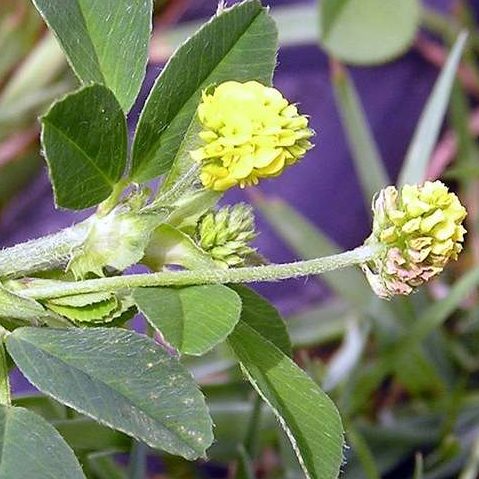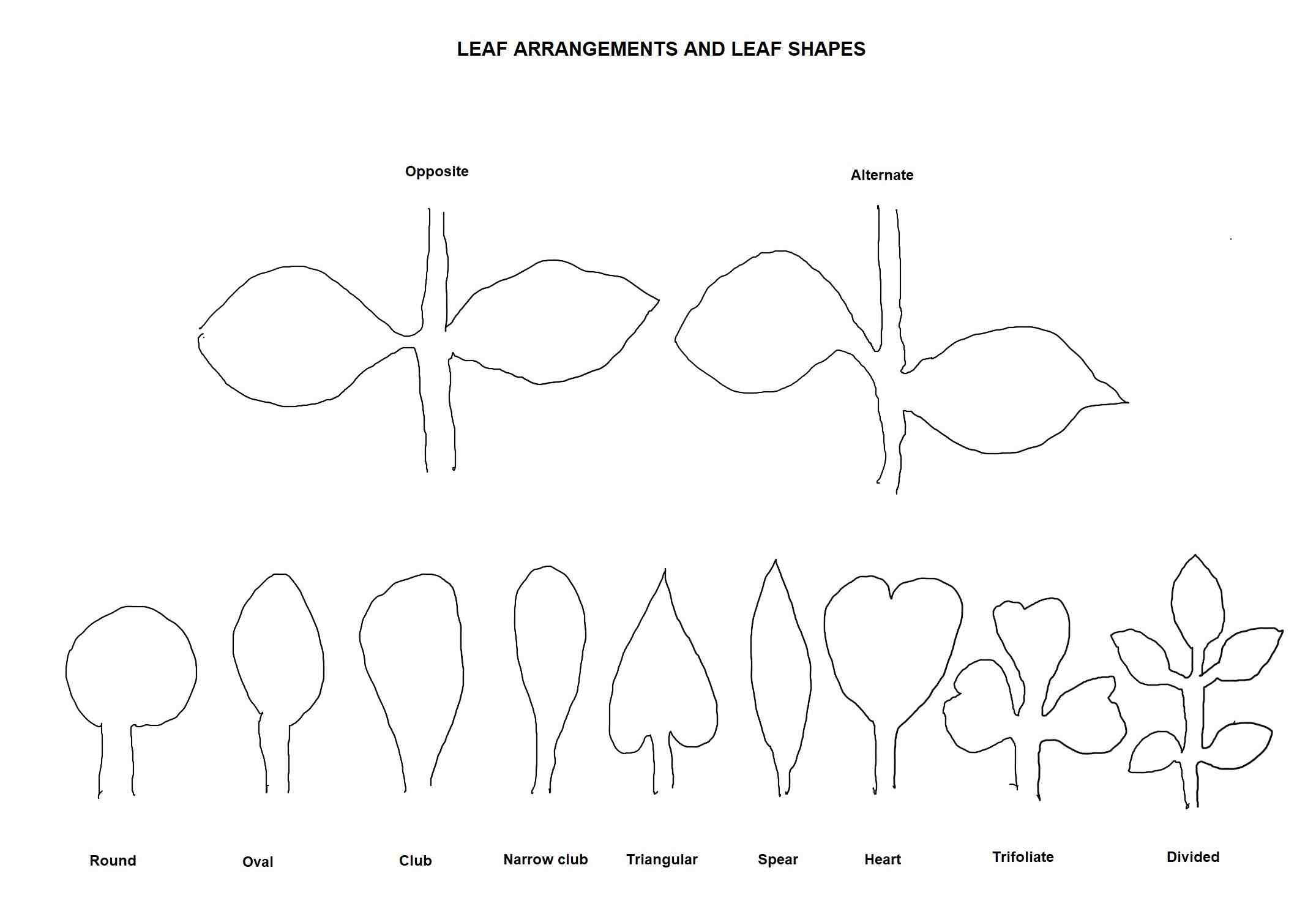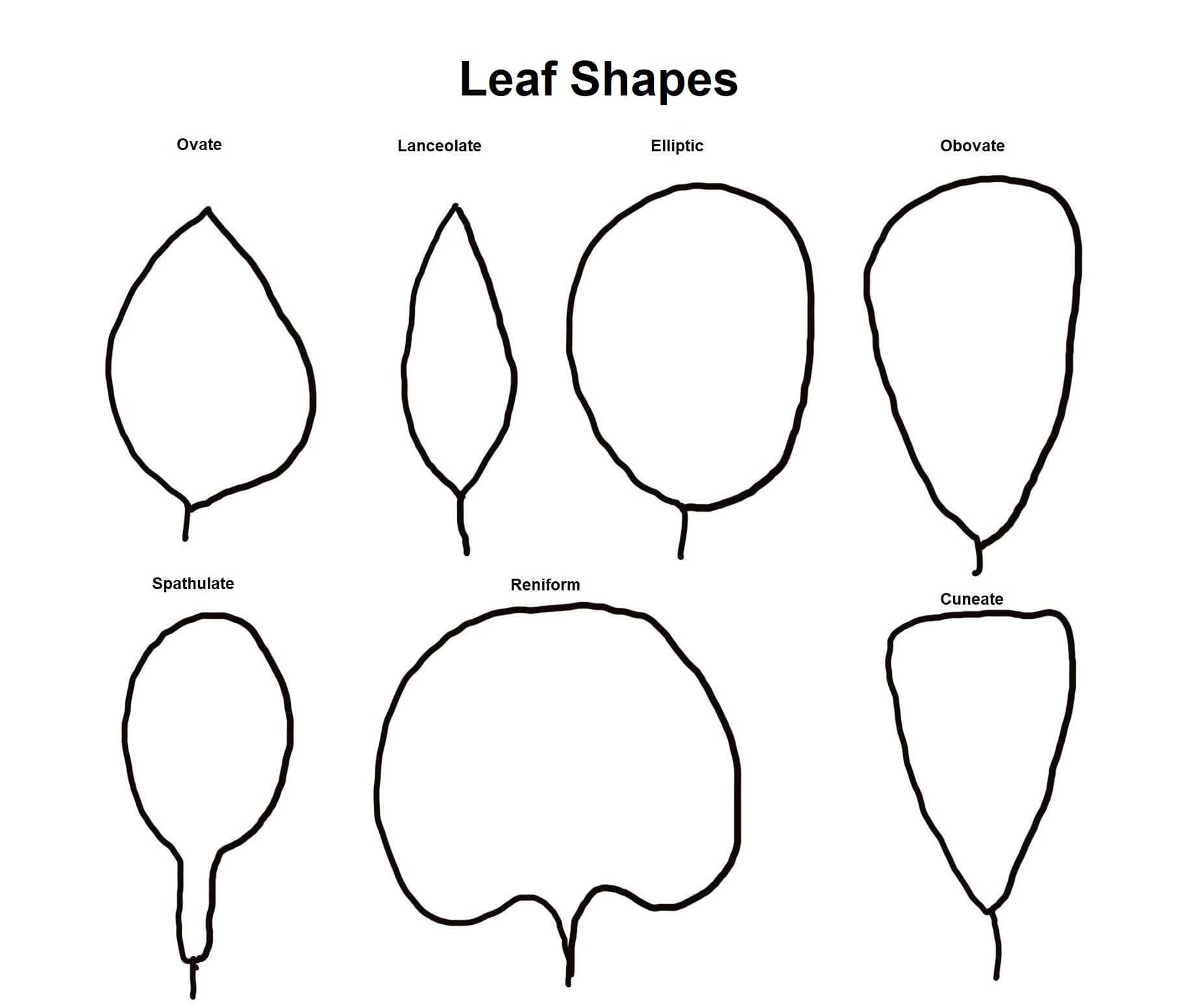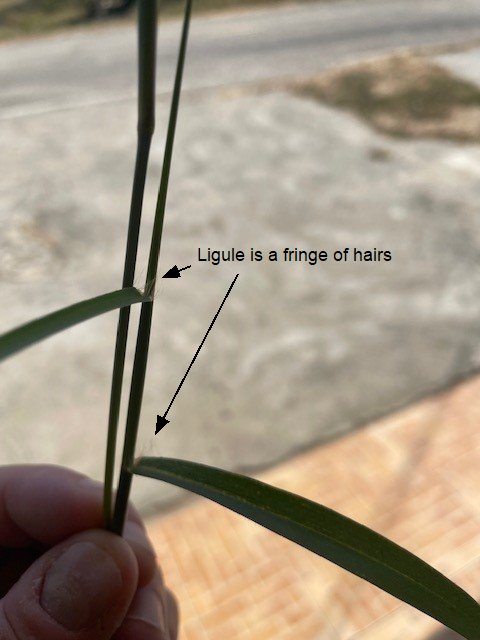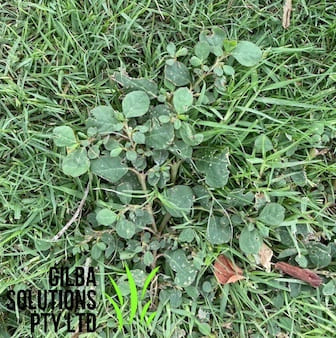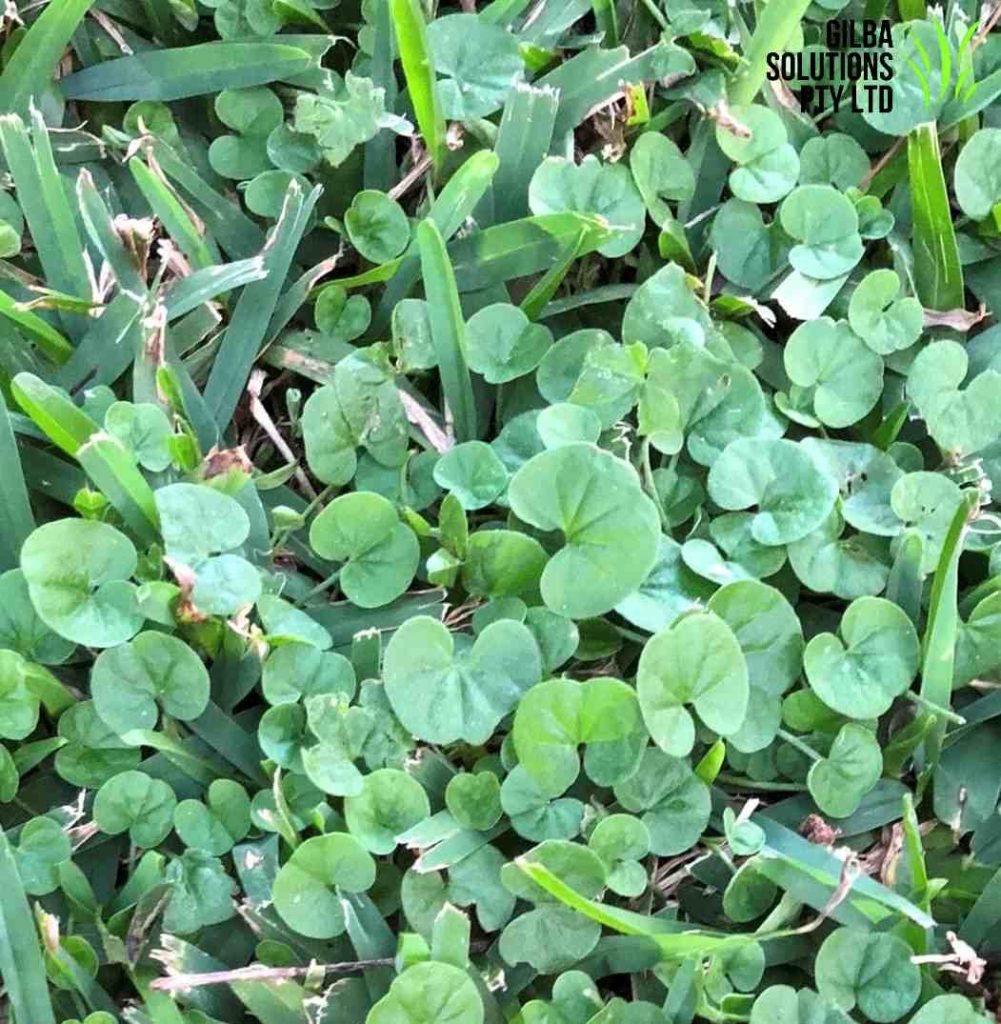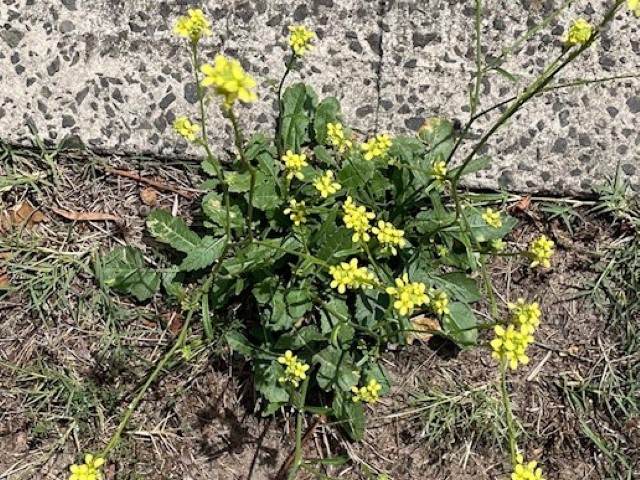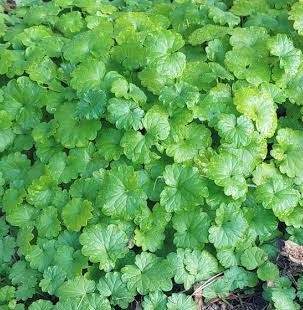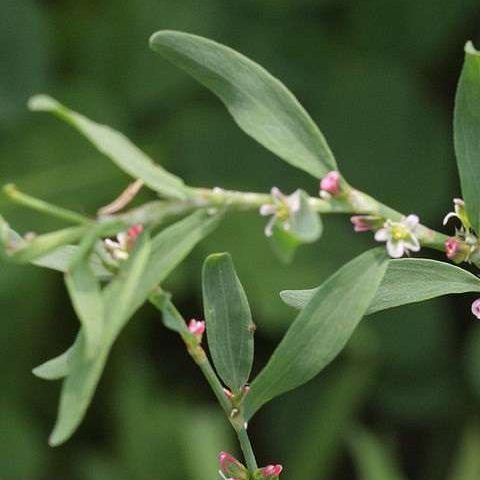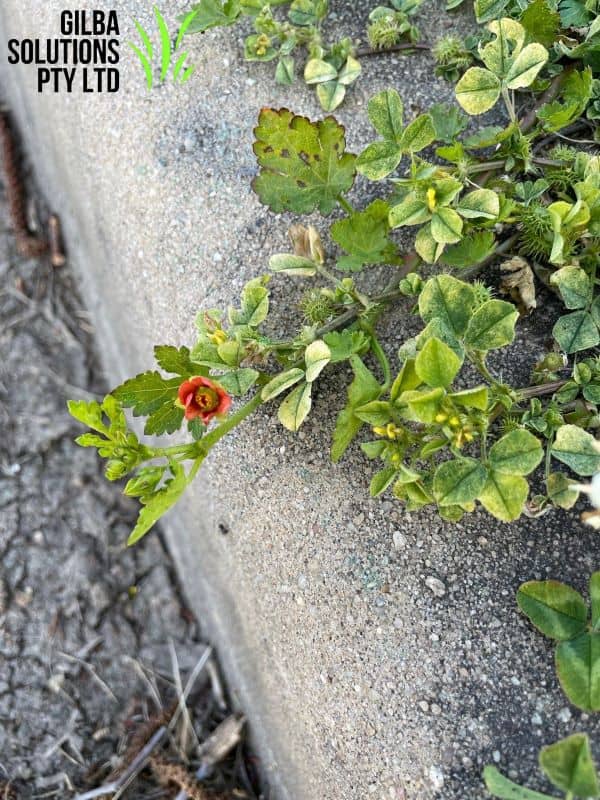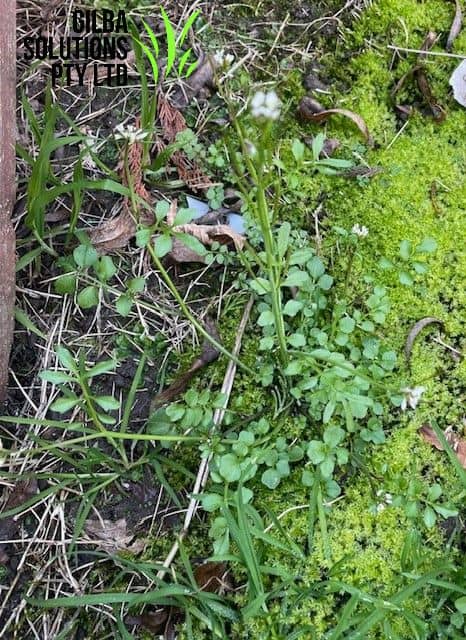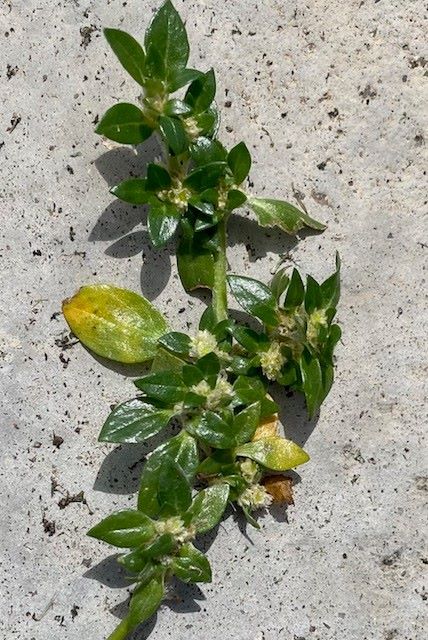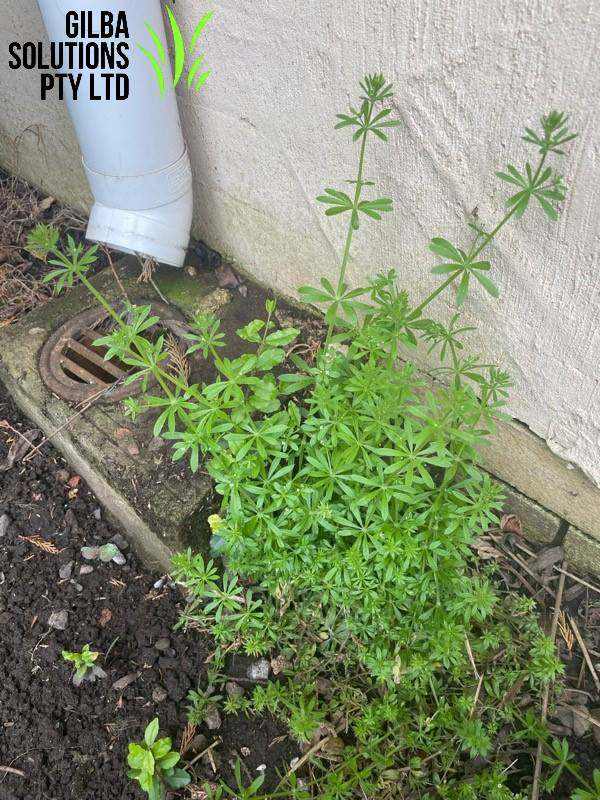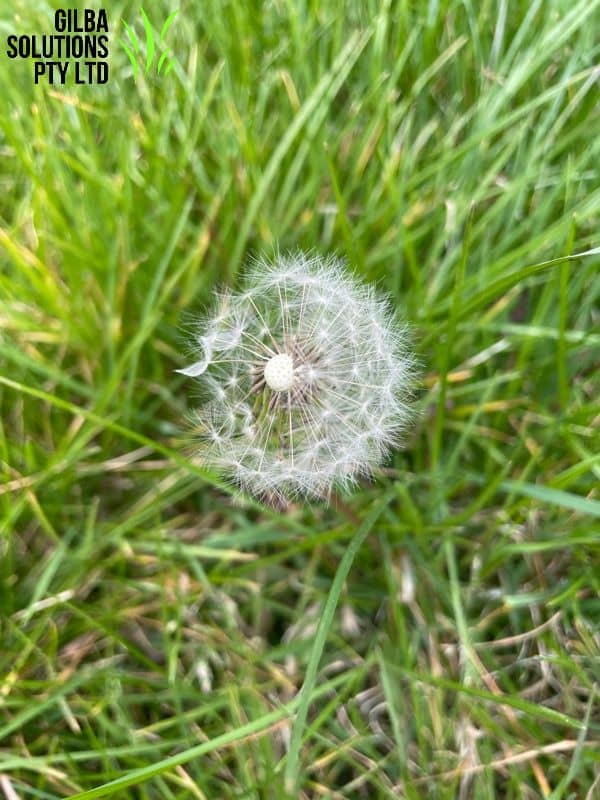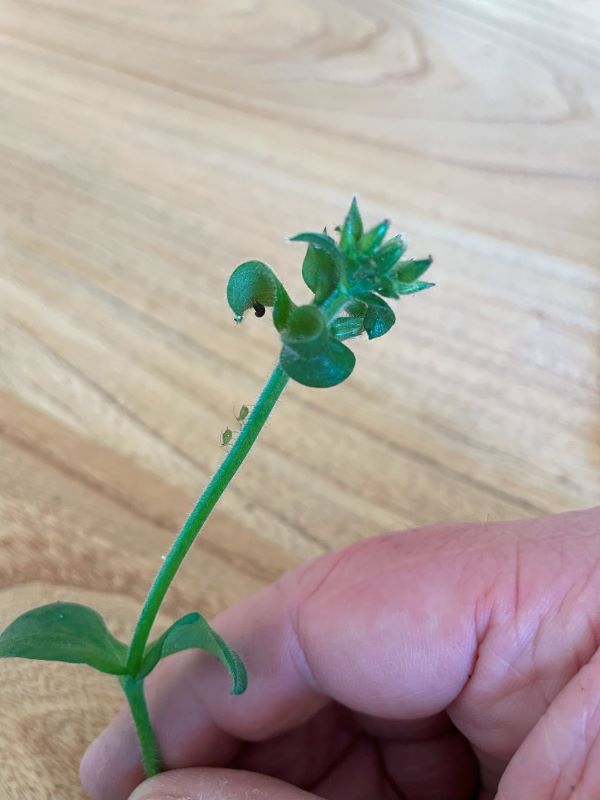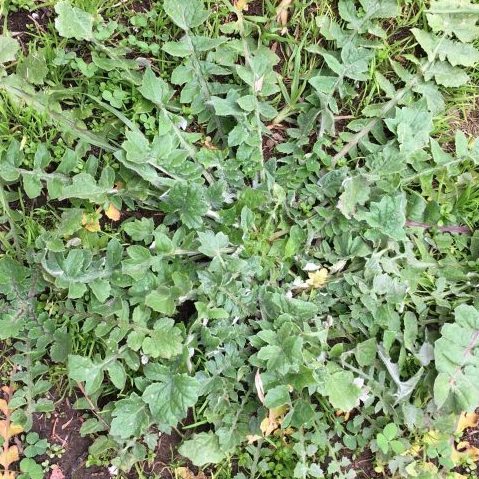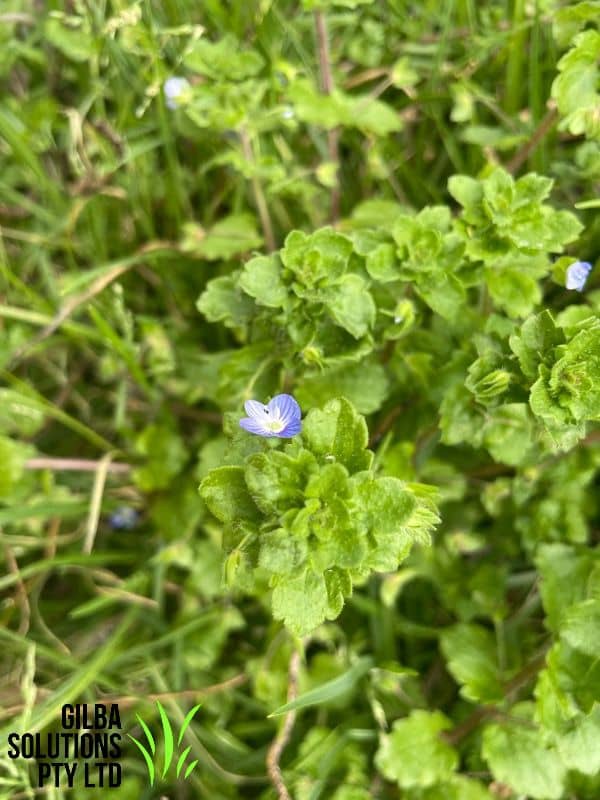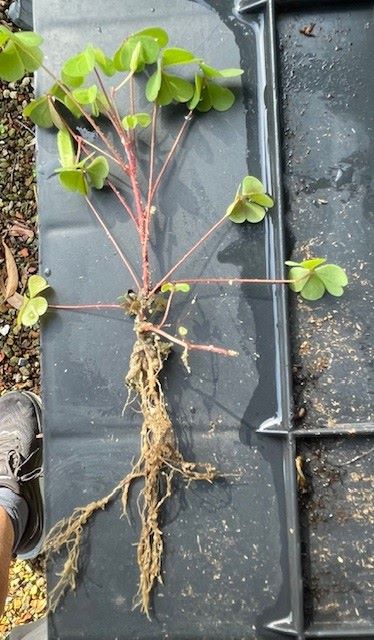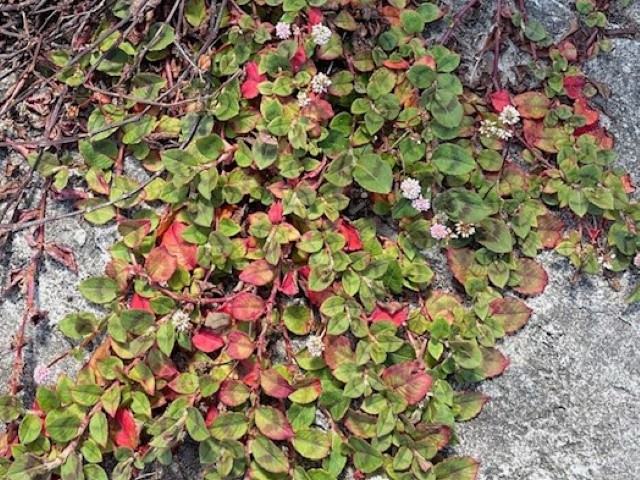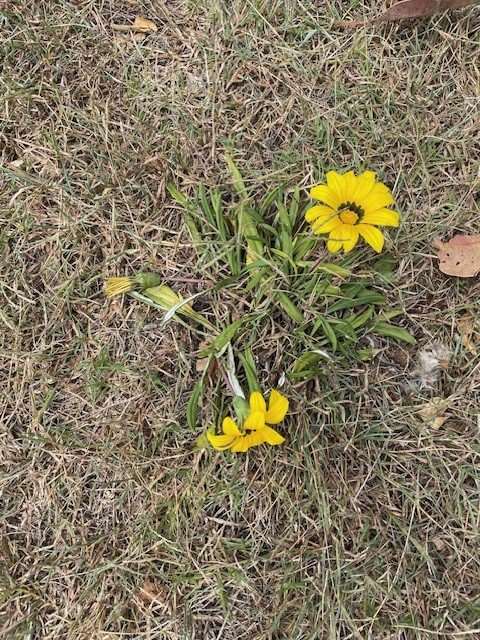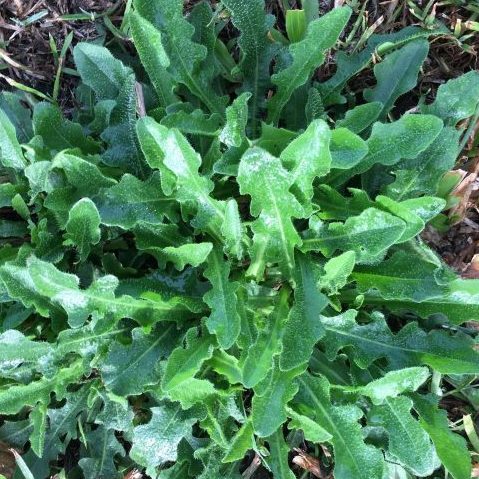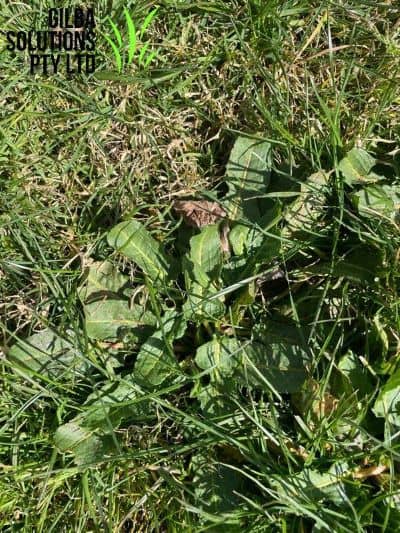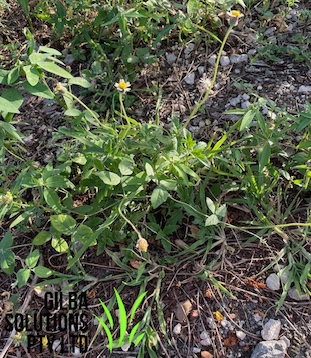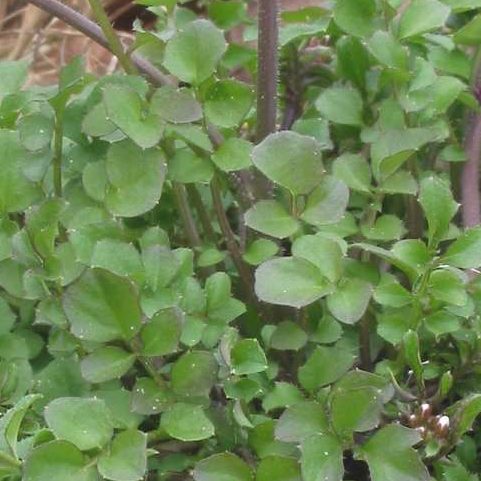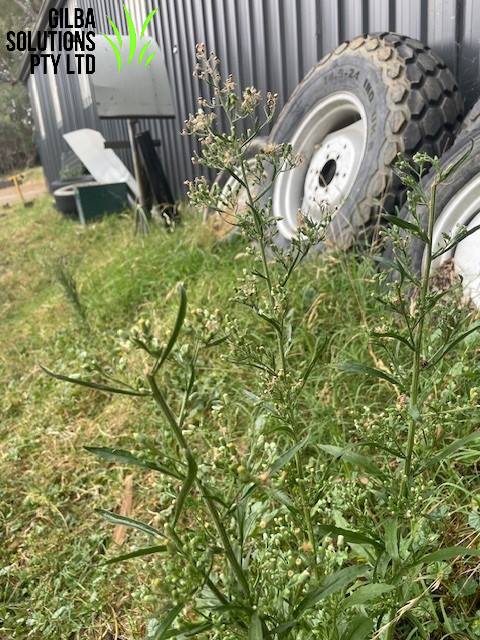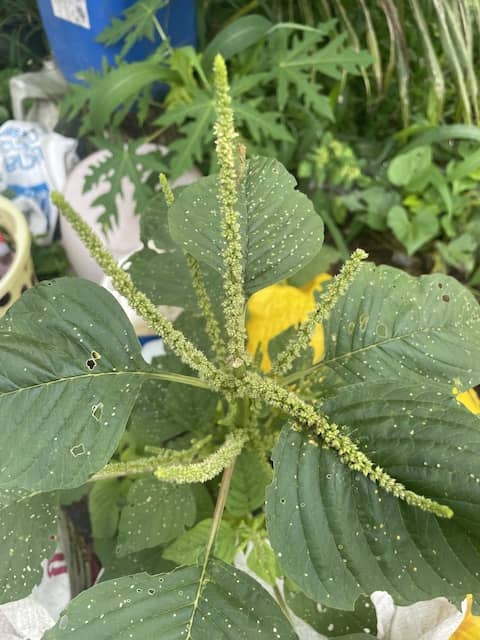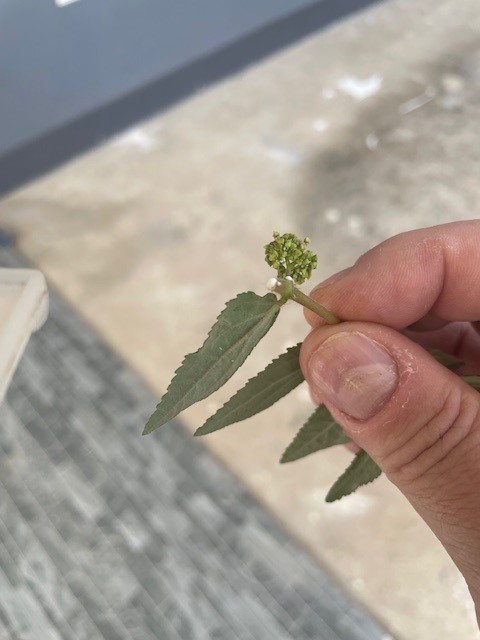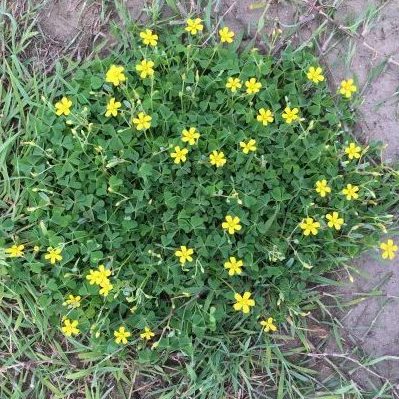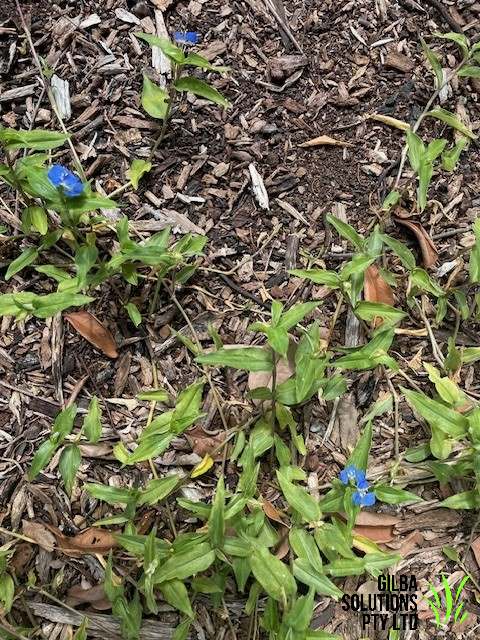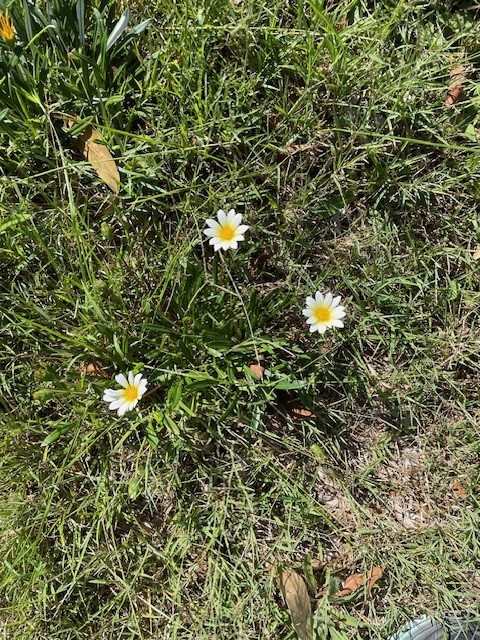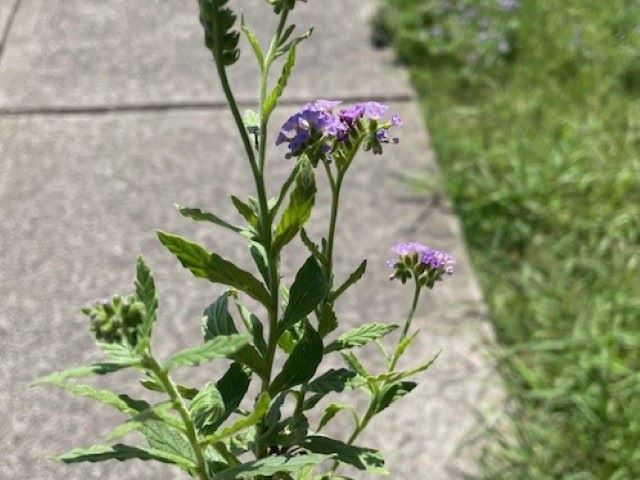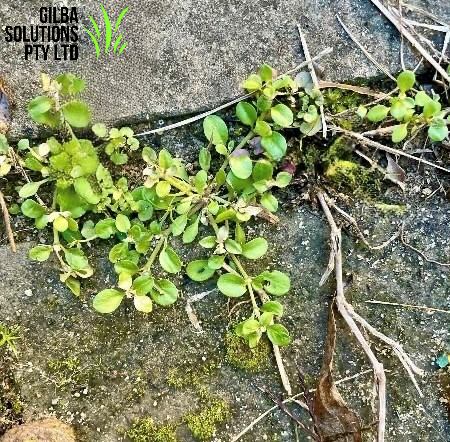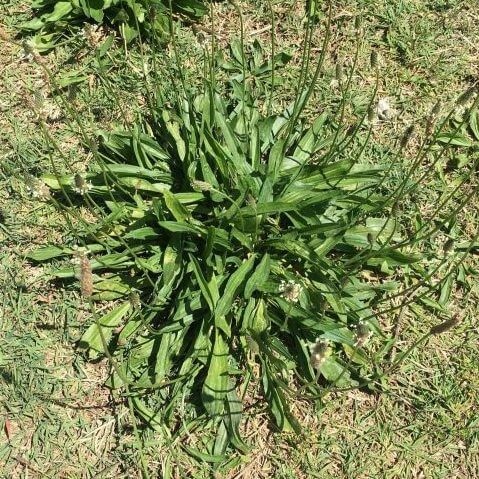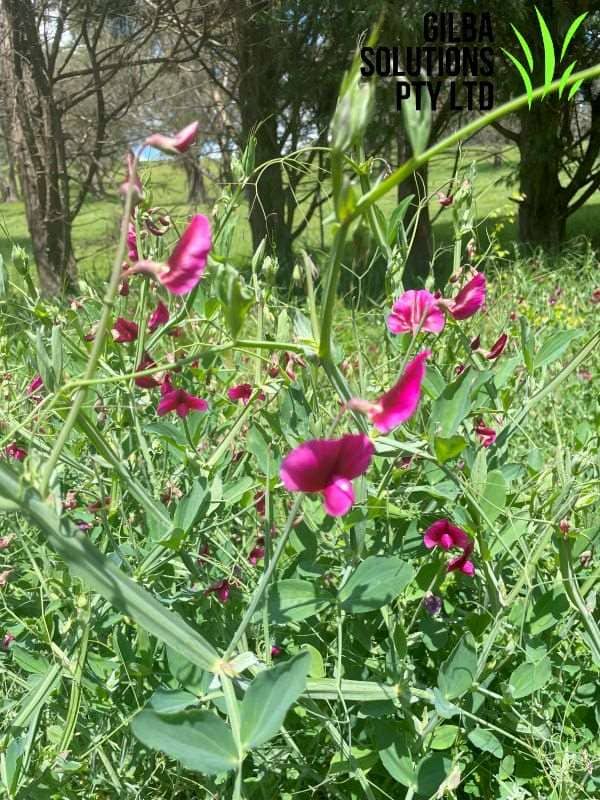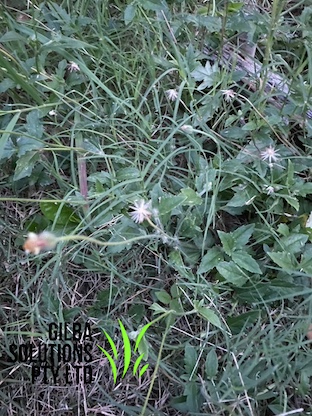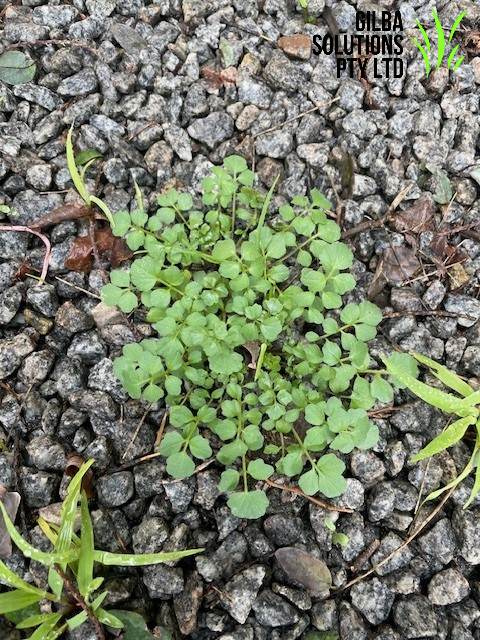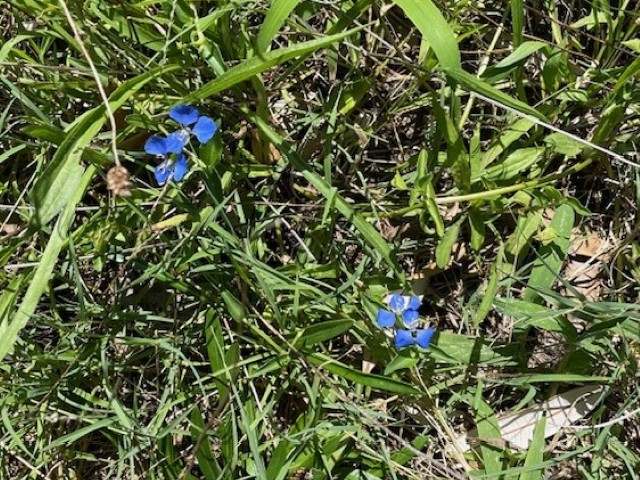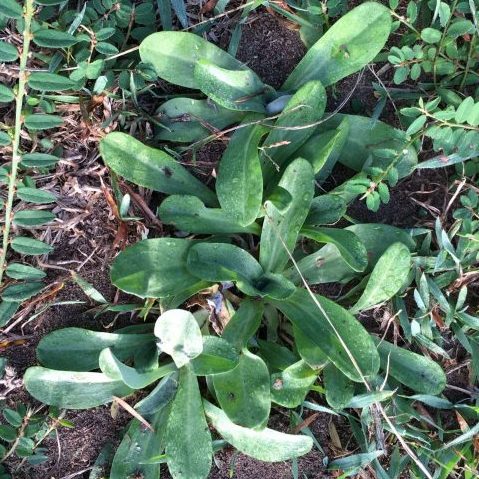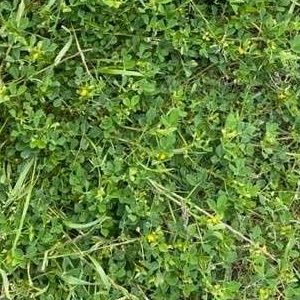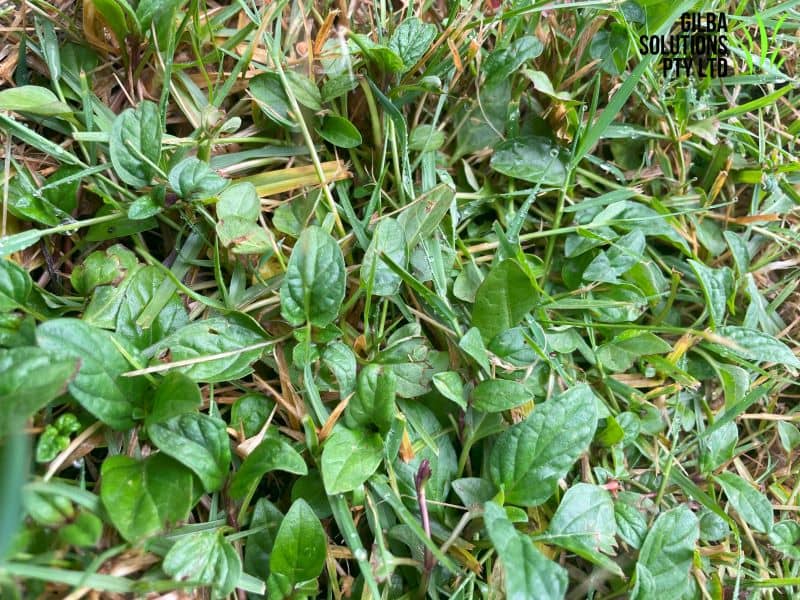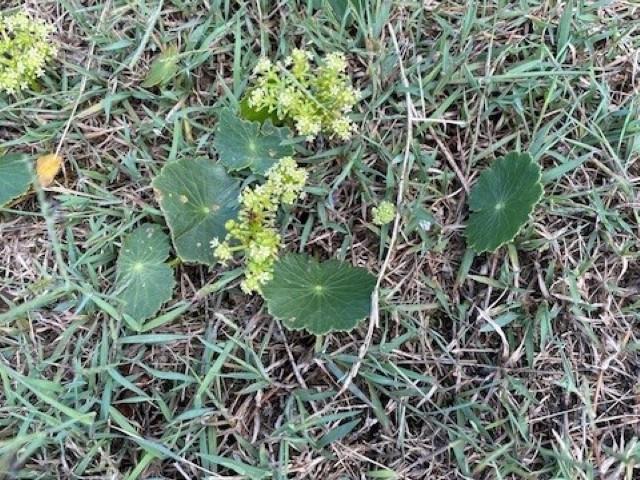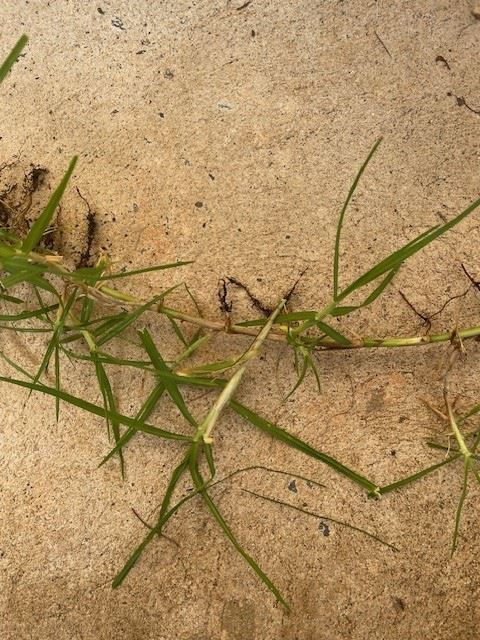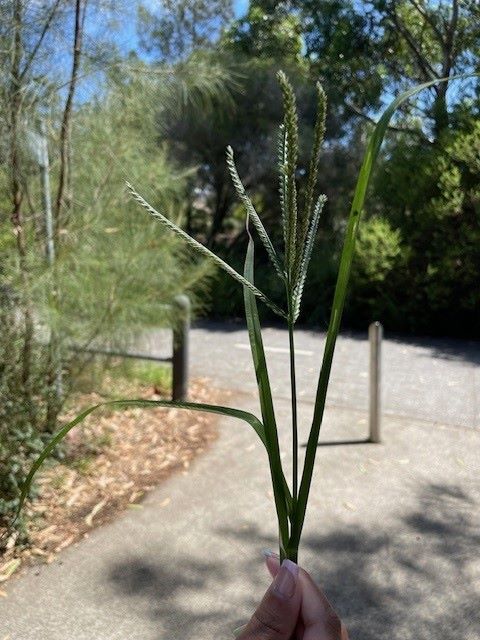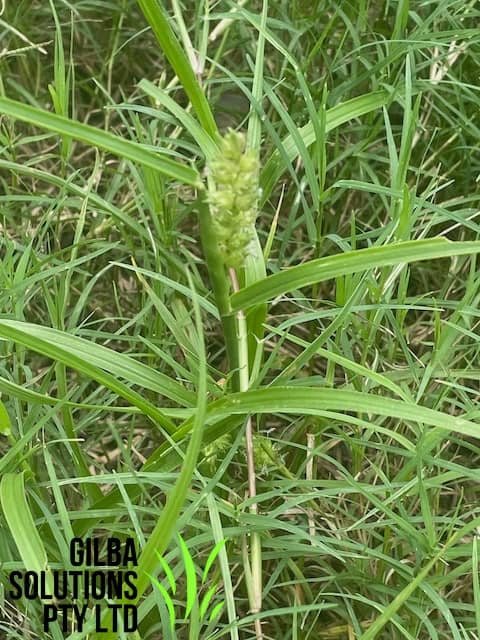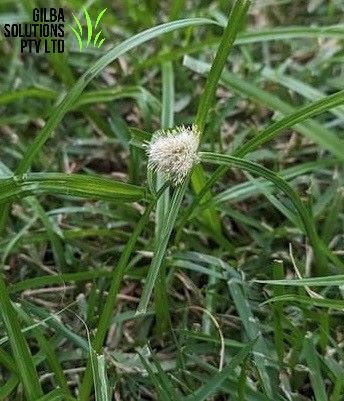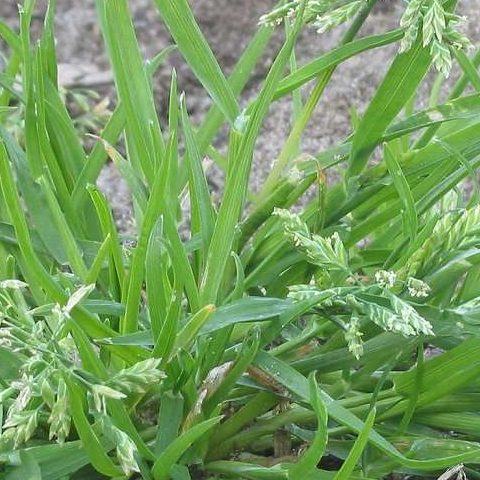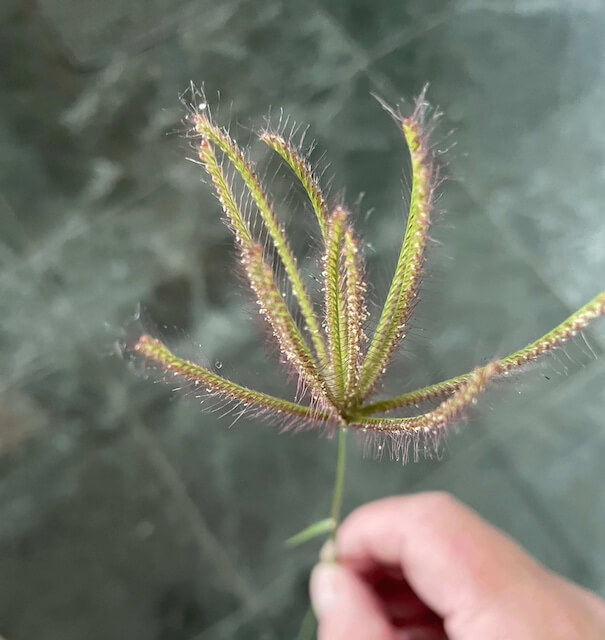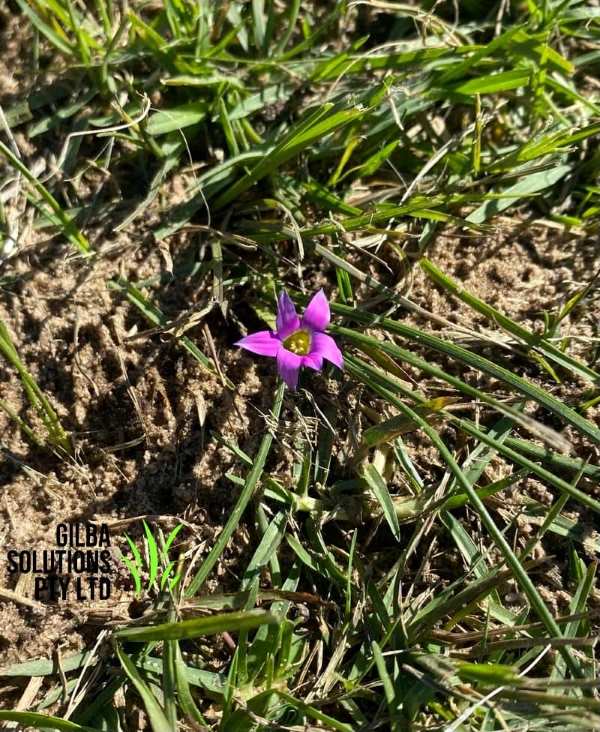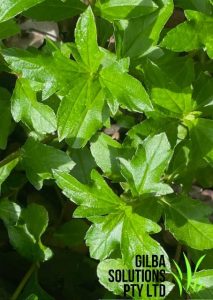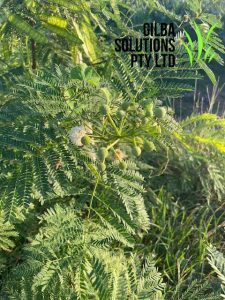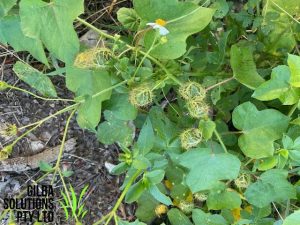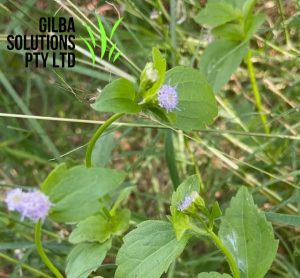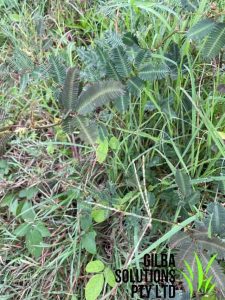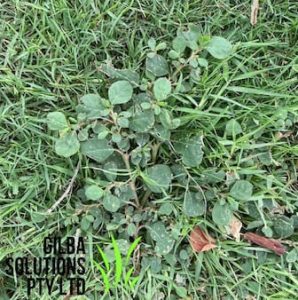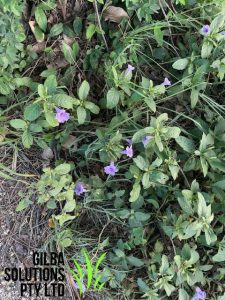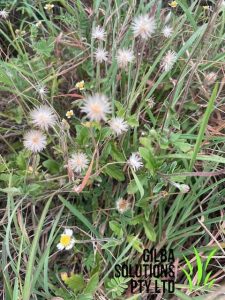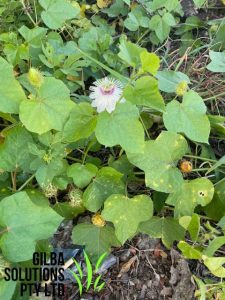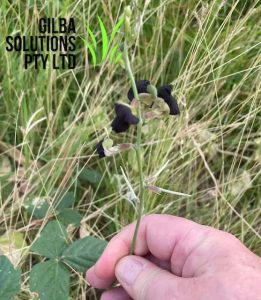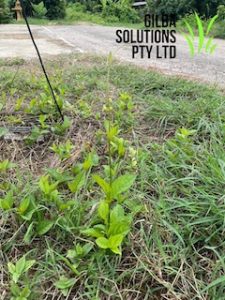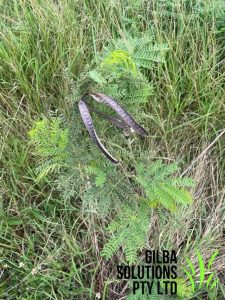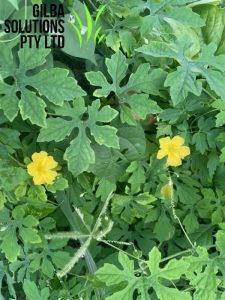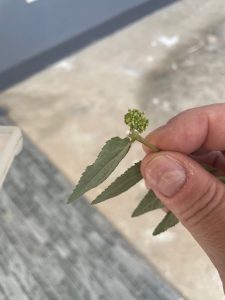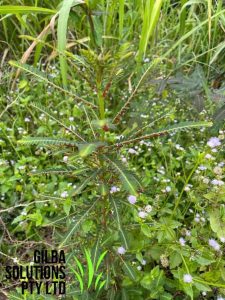The Turf Weed ID Chart
This easy-to-use Australian weed Identification chart shows you how to identify weeds by a photo. The weed ID chart helps you to get the best results from when you use a weed killer. When you use this it will save you time and money with managing lawn weeds.
This weed ID chart links to pages for each turf grass or lawn weed. These pages are detailed fact sheets on each weed, and cover topics like:
- What conditions favour the weed.
- Weed Identification.
- What the weed looks like in various growth stages.
- How to control it with and without the use of chemicals.
Unlike other companies we don’t try and push chemical solutions. If there is an effective cultural control we will tell you.
There are six important things to consider with lawn weed identification.
-
- This weed ID Chart helps identify weeds from a photo, and it reduces the need to spray. Correct Australian weed identification saves you time and money.
- Weeds are often indicators of underlying problems.
- A weed’s lifecycle plays a big role in its control.
- Weeds are either grass (monocots) or broadleaf (dicots). The best time to identify weeds is when they are small. A useful rule is that grass weeds have one seedling leaf, and broadleaf weeds have two leaves.
- Broadleaf herbicides do not control grass weeds.
- If your turf is thick and healthy, weeds find it hard to establish and compete.
Fertilise for Less Weeds.
A big step toward the control of weeds is to get your turf nutrition right. Under or over-fertilising can cause issues, and create the opportunity for weeds to establish.
- Use the right type and amount of fertiliser for your turf variety.
- Too much fertiliser results in lush, weak growth that weeds love to exploit. Too little, and your grass will tend to thin out, and leave bare patches that weeds invade.
- You should fertilise when your grass is growing. There is no point fertilising when it is dormant.
- Always follow the label to avoid over application.
- Regular soil tests will help tell you what your lawn needs. The end result is a dense, resilient turf that makes life tough for these unwanted invaders.
What is a weed?
A weed is any plant that grows where you don’t want it. Weeds can be natives or introduced species. Use this Weed ID chart when you plan your Autumn broadleaf weed control program to get the best possible results.
How to Use the Weed ID Chart.
- Correct Australian weed identification is the first step. Two weeds may look the same, but have a very different response to a weed killer.
- The adage a picture is worth a thousand words is even more relevant when it comes to this weed identification chart. A poor blurry image helps no one. You need good quality images to identify weeds by photo.
- How a weed grows gives a good idea on whether it comes from a seed, rhizome or other below ground structure. The best way to check this is to dig up the young weed.
- If it’s easy to dig up, and has a few fine roots it is likely to be an annual seedling. If it’s hard to dig up or has a rhizome it’s likely to be a perennial weed.
Once you have the weed in your hand you can use the weed identification chart to identify lawn weeds by photo.
For Australian weed identification, you can group weeds based on their life cycles.
Weed Lifecycles.
You can group turf grass weeds into one of three life cycles. These are annual, biennial, or perennial.
Annuals.
Annuals complete their life cycle in one season.
Summer Annuals.
- Summer annuals grow in the Spring or early Summer. They then grow through the Summer.
- At the end of the Summer, they produce seed. They then die as soon as there is a frost.
- These weeds compete with turf for nutrients, moisture, and light.
- They spread by seed, and broken fragments of shoots. These can re-root and grow into new plants.
- Examples of Summer annuals are Fat Hen, Amaranthus, Pigweed, Black Nightshade and Knotweed.
Small seeded Summer Annuals.
- Small seeded Summer annuals grow near the soil surface.
- They produce large numbers of seed over a season.
- Disturbed soils tend to cause these seeds to germinate.
- Examples of these include: Pigweed, Knotweed, Caltrop, Spurge, Black Medic, Capeweed, and Lambsquarters.
Summer Annual Broadleaf Weeds with Large Seeds.
- These grow quickly after they emerge from a soil depth of 6 to 50 mm.
- They are aggressive, and seed within a season.
- Although they produce less seeds, they survive for decades.
- Examples include Morning Glory.
Summer Annual Grass Weeds.
- Summer annual grass weeds produce huge numbers of small to medium size seeds.
- These seeds germinate in the top 50 mm of the soil. Some need light to germinate.
- Examples include Summer grass, and Crowsfoot.
Winter Annuals.
- Winter annuals emerge in the late Summer or Autumn. They then spend the Winter as low, compact plants or rosettes.
- In the late Winter or in the early Spring they start to grow again, and form flowering shoots or stalks.
- They reproduce by seed in the late Spring or Summer of their second season. In NSW, they may grow through the Winter.
- Examples include Cudweed, Creeping oxalis, Wild Mustards, Deadnettle, Common Chickweed, Buttonweed and Henbit.
Biennials.
- Biennial weeds mainly reproduce through seeds. They will disperse their seeds after they flower and produce seeds. These then germinate and start a new cycle.
- Their life-cycle is like the Winter annuals, except in their first season they start to grow earlier.
- Their main roots are larger than most Winter annuals.
Perennials.
Perennial weeds live for three or more years (although their leaves and stems often die back at the end of a growing season).
- Perennials have deep, strong taproots (broadleafs) or strong fibrous root systems (grasses). This means that if you mow and remove the top of the plant, it re-grows.
- These weeds spread by seed every year.
- Initially they grow slowly. They then become strong competitors once they become established.
- Perennials produce new vegetative growth from growing points at or below the soil surface.
- Examples are Creeping Charlie, Broadleaf Dock, Scurvy Weed and Dandelions.
Spreading Perennials.
- These reproduce by stolons (at the surface), rhizomes (below the surface), bulbs, tubers, and also by seed.
- Fragments of stolons or rhizomes as small as 25 mm, can re-grow into new plants. Many of the most serious turf weeds are in this class.
- Examples include Couch Grass, Nutsedges, and Bindweed.
What are the Differences between Annual, Biennial and Perennial Weed Control?
How you tackle weeds depends on whether they’re annuals, biennials or perennials.
Let’s break down the key differences in how to tackle each.
- Annuals tend to be easier to control than perennials.
- Control methods that work for annual weeds may not work on perennial weeds.
- It’s easier to control biennials in the first year of their life cycle. The key is to remove or kill the rosette before it flowers and produces seeds.
- After this it’s important to prevent biennials from producing seeds.
- Perennials tend to have strong root systems. These store energy that keeps them ticking along over the Winter.
- These root systems also make Perennials very difficult to get rid of.
- Perennial weeds re-grow from root fragments.
Differences between Annual, Biennial and perennial Weeds.
control method | Annual Weed | Biennial Weed | Perennial Weed |
Hand-pulling | Effective. May need to carry out weekly. | Effective. May need to carry out weekly. | A waste of time unless you remove ALL the roots. |
Post-emergents | Both contacts and systemics are very effective. You can get some regrowth with contacts | Both contacts and systemics are very effective. You can get some regrowth with contacts | Contacts: Do not work Systemics: Very effective |
Pre-emergents | Effective | Don't work against existing plants but will stop seed from germinating | Variable at best but can be ineffective |
Good lawn management | Effective, especially against grassy annuals like Summergrass and Crowsfoot | Effective, especially against grassy annuals like Summergrass and Crowsfoot | Effective, especially against perennial grass weeds. A healthy lawn tends to outcompete broadleaf perennials like plantains and dandelions |
Mowing | Works well | Can be effective and prevents them from flowering and setting seed | Not very effective but tends to control seed production |
The Weed ID Chart.
The weed ID Chart enables you to identify weeds by photo. Questions you should ask when you start to ID a weed by photo include:
-
What do the leaf shape, veins or leaf edges look like?
-
Are there prickles, spines or thorns?
-
Are hairs present. If there are where are they?
-
What is the leaf structure and size?
-
How are the leaves arranged on a stem?
-
What is the colour or size of the leaves and flowers?
-
How are the flowers or clusters of flowers arranged?
-
Is there any milk or sap when you cut the stem or leaves?
- Does it smell if you cut or crush it?
-
Is it an annual, biennial or perennial?
-
Does the weed have a large tap root,
-
Does it have rhizomes or stolons?
-
Is there a leaf sheath, and what does a cross section of the stem look like?
-
Does it grow along the ground or is it upright?
-
What is the size, shape, structure, and colour of any seeds.
- Are there many branches, and how are these arranged on the main stem
Online weed resources.
The sites below will help if you still cannot identify the weed from our Weed ID Chart.
Web Sites.
Hornsby Council in Sydney is a great resource for weed ID.
Australian Government Weeds ID Tool. You can look up weeds by name, place, growth habit and flower colour.
The Corroboree
Iphone apps.
The images below prove I am not an artist. They will however, help you to identify weeds by photo.
Identification of lawn weeds can be difficult but all weeds do have specific traits that help with this.
Properties of weeds in the Weed ID Chart.
The table below shows properties of weeds in our Australian weed identification Chart and helps with Australian weed identification. It explains:
- How viable are weed seeds over time?
- At what soil depth do seeds germinate and
- How many seeds do they produce?
Australian Weed Identification Chart.
Common name | Latin name | Main growth period | Max No of seeds per year | Seed bank persistence | Ideal seed depth |
Bedstraw | Galium tricornutum | Winter-spring | 14,000 | 4 years | 20-60 mm |
Button grass aka finger grass | Dactyloctenium radulans | Summer | 200,000 | > 3 years | Surface |
Caltrop | Tribulus terrestris | Spring-summer | 19,000 | > 4 years | |
Crowsfoot | Eleusine indica | Late Spring to early Summer | 140,000 | 82% of seeds survive one year under turf | The surface or top 2 cm |
Dandelion | Taraxacum officinale | Early to mid Summer. Also all the year round | up to 5,000 | 1-5 years | 0-2 cm. Not below 8 cm depth. |
Double gee, spiny emex, three corner jack | Rumex hypogaeus | Winter-Spring | 429 | > 4 years | < 10 cm deep. |
Fat hen | Chenopodium album | Spring -Autumn | 200-75,000 | Several decades | 2 mm. > 25 mm little seed emerges. |
Feather top Rhodes grass | Chloris virgata | Summer | 140,000 | 2 years | 0 to 2 cm |
Khaki weed | Alternanthera pungens | September - November | >1000/m2 | 4-5 years | |
Marshmallow | Malva parviflora | Winter | 16,000 | Several decades | 0.5-2 cm. |
Oxeye Daisy | Leucanthemum vulgare | Spring | 26,000 | 6 years | |
Parramatta Grass | Sporobolus africanus | Mainly the Summer | 80,000 | 20 Years | Up to 20 cm |
Sowthistle | Sonchus L | Spring through to Autumn | 4,700-7,000 | Up to 8 years | Top 1 cm |
Windmill grass | Chloris truncata | Summer | 88,000 | 2-3 years | Surface |
Wireweed | Polygonum aviculare | All year round | 123,000 | > 4 years |
Weed ID Chart.
All the images below allow you to identify broadleaf weeds by photo. Just click on an image, and it then links to a page for the weed. This page helps with Australian weed identification, with information on their growth, habit and how best to manage them.
Broadleaf Weed ID Chart.
Grass and Sedge Weed ID Chart.
Welcome to the ultimate guide to identify common lawn grass and sedge weeds. If you’re tired of your lawn being overrun by grass weeds, then this ID Chart is for you.
There are several lawn weed grasses that often pop up and we will show you how to ID them. With this step-by-step guide, you’ll become an expert in how to identify them and be on your way to healthier, weed-free turf.
With this comprehensive guide, you’ll regain control of your turf. So whether you’re a seasoned Professional Turf Manager or just starting out, this guide will give you the tools to tackle weed grasses head-on.
All the images in the Weed Identification Chart below allow you to identify sedges and grass weeds by photo. Just click on an image of the weed identification chart, and it takes you to the page for that weed.
Identification of Grass Weeds.
Grass Weed Identification | ||||||
Weed Grass | Life Cycle | Soil Germination temperature °C | Auricle | Hairs on Leaf | Ligules | Stolons or Rhizomes |
Barnyard Grass | Summer annual | 5-40 | No | No | No | Seeds and rhizomes |
Crowsfoot | Summer annual | 15-18 | No | Sometimes | Membranous and divided in the center | No. Spreads by seeds. |
Foxtail | Summer annual | Around 25 | No | Sometimes | Hairy | No. Spreads by seeds |
Guildford Grass | Perennial | 10-11 | Yes. Small | Hairs. | No | Tubers and seed |
Mossman River Grass | Summer annual | 11-23 | No | On leaf margins | Yes with a fringe of hairs | No. Spreads by seeds |
Parramatta Grass | Perennial | 15-35 | Tuft of hairs | No | Short fringe of hairs, 0.2-0.5 mm long. | Tussock. Spreads by seeds |
Paspalum | Perennial | 18-24 | No | No | Membranous, 2-4 mm long | Both. Seeds |
Summergrass | Summer annual | 13-15 | No | Yes | Yes | Stolons and seed |
Winter Grass | Winter annual | 10-16 | No | No | Thinly membranous, 1-5 mm long. | Seed |
Weeds in QLD and Northern NSW.
All the weeds in this section of the Weed ID Chart are in the sub-tropics or tropics. Click on an picture to go to a page with high quality images, and more details about Australian weed identification.
Lawn weed control with the Weed ID Chart.
Once you use the Australian Weed Identification chart to identify weeds by photo, there are several options to control them. If cultural control is not practical then you can use a weed killer.
There are several ways to class weed control products.
- Post or Pre-emergents.
- Contact or systemic.
- Granule or liquid.
- By Chemical Group and
- Selective or non selective?
Pre-emergents and Post Emergents.
You use pre-emergents before weeds emerge. This means that you need to apply these before you see any weeds. These kill lawn weeds as they germinate, and have no effect on weeds that you can already see.
Pre-emergents work well on weeds like Winter grass and Summer grass, and some work against broad leaf weeds. These can be liquids or granulars.
Once weeds grow, you need to use post-emergents. These can be contacts like MSMA, or systemics like the SU’s. A good example of a post emergent is ProForce Recondo, which is an alternative to Monument.
Contacts vs Systemics.
Contacts work when the weed killer comes into contact with the plant, and work best on young weeds. Good examples are Diquat, Carfentrazone, plant oils, and herbicidal soaps.
Systemics work better on actively growing older weeds, and move inside the plant to kill the weed. Examples are Glyphosate (which is non selective), Quinclorac, 2,4-D, and Dicamba.
Selective weed killers kill weeds without any damage to the turf, and only kill certain weeds. A good example is Warhead Trio which kills only broad leaf weeds and not grasses. Non-selectives like Glyphosate, kill all plant material and that includes the turf.
More info to use with this Weed ID Chart, is in our turfgrass pesticides section or the free 2024 Guide to turf pesticides.
FAQ
Where can I find free independent advice on weeds?
When requiring support or guidance on managing weeds, you might can reach out to various organizations that specialize in this field. Typically, you can find resources offered by government bodies, industry experts, research institutions, and community-based groups who deal with complex weed management issues. A useful strategy is to look at dedicated online platforms or websites that compile contact information and links to these organizations. Many of these sites include a ‘connect’ section or similar directory where you can directly find tailored assistance.
If I can’t ID a weed with an online key what should I do?
If you are struggling to identify a weed using the online key, first revisit your selections in the Features Chosen panel to ensure they are correct. If you are still unsure about the weed’s identity after reviewing the selections, consider reaching out for additional assistance. You can contact your local weeds officer, consult a herbarium, or seek guidance through a plant identification Facebook group or the iNaturalist platform. For contact details and useful links, refer to the Connect section of the online key. This approach will help you with expert advice and possibly confirm the identity of the plant you are examining.
What should I do if after I ID a weed and there is no chemical control?
Unfortunately in some cases weed ID leads to weeds where chemical options are limited at best. In these cases feel free to contact us and we can discuss alternative control options.
Are there ways to ID weeds, such as Facebook groups like Plant ID Australia?
You have several options to identify weeds. For instance, you can use social media platforms where there are weed specific groups. Otherwise, community-based science apps offer resources where people come together to help identify various plant species based on the photos you upload.
How can I confirm the ID of a weed once I have made an initial ID?
Your page answers the question “How can I confirm the identification of a weed once I have made a preliminary identification?” by stating:
“A weed is only a weed if it’s a plant where you don’t want it. Also, if you don’t know what it is, how can you control it properly? So use this Australian weed identification chart carefully. Once you have made a preliminary identification using the chart, cross-reference the information and images provided with the plant you are investigating to ensure accuracy. If your findings align but you’re still uncertain, it might be wise to double-check the features you have selected. Should doubts persist, reaching out to local experts like a weeds officer or participating in plant identification groups online can provide further insights. Additionally, if there’s a chance you’ve identified a high priority weed, such as prohibited matter, it’s important to notify the relevant authority immediately. For contact details and additional resources, refer to the Report and Connect sections provided in our guide.”
What is the best way to manage weeds in lawns?
The best way is to stop them growing in the first place. A healthy, thick and dense grass cover will stop weeds growing. Weeds are great opportunists so if the grass is weak and struggling to grow, there are thin patches or the soil is compact weeds will grow.
If weeds still continue to be a problem then the using pre emergent herbicides is worth considering. These work by stopping weed seedlings from developing and vary in longevity from 10 weeks to 8 months. So basically you can apply once and have no weed issues for this length of time.
Remember though, that you need to know what the weed is that you are trying to control as not all pre emergents work as well against all weeds.
Why is weed control important?
In agriculture weeds are a major problem as they dramatically reduce yields. In a turf situation we generally don’t deal in yield but weeds will limit turf growth by taking valuable nutrients and water away from the grass.
Weed control in couch lawns
What can I use to kill weeds in my lawn without killing the grass?

Jerry Spencer
Jerry has an Hons Degree in Soil Science (1988) from Newcastle Upon Tyne University. He then worked as a turf agronomist for the Sports Turf Research Institute (STRI) until 1993.
He gained a Grad Dip in Business Management from UTS in 1999. He has held a number of technical roles for companies such as Arthur Yates (Commercial Technical Manager) and Paton Fertilizers (Organic, turf specialty and controlled release fertiliser) portfolios.
In 2013 he established Gilba Solutions as independent sports turf consultants and turf agronomists. Jerry has written over 100 articles and two books on a wide range of topics such as Turf Pesticides and turfgrass Nutrition which have been published in Australia and overseas.

